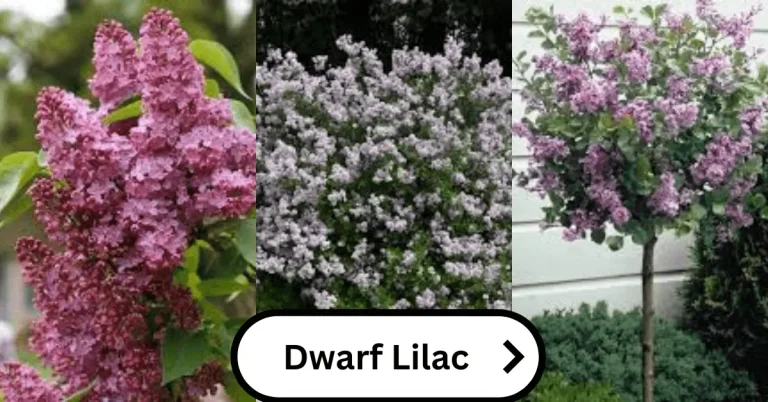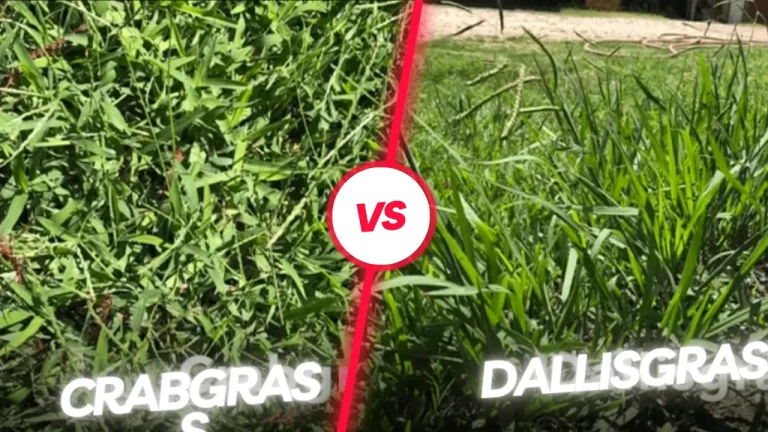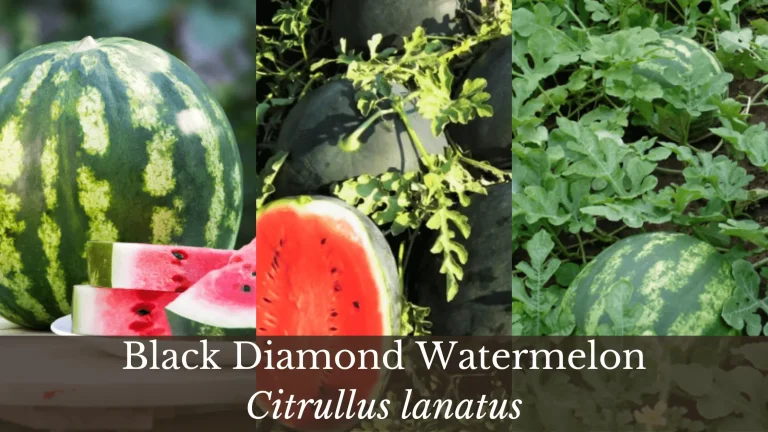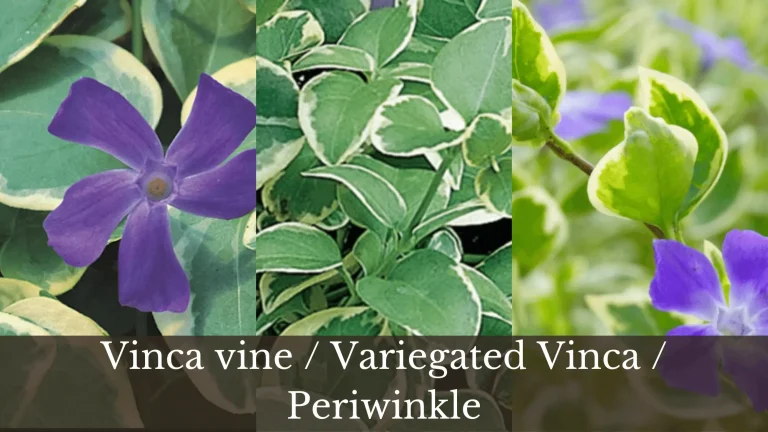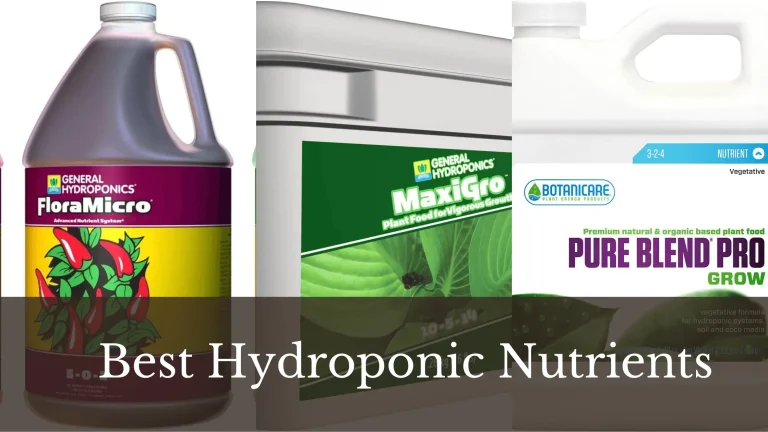Chinese Evergreen – Aglaonema | How to Grow and Care
The Chinese evergreen, scientifically known as Aglaonema, is a member of the Araceae family, commonly known as the aroid family. When it comes to indoor plants for homes and offices, consider Chinese evergreen (Aglaonema spp.) because of its natural beauty and air-purifying prowess.
Aglaonema has an array of colours and variegated patterns and is thus a famous houseplant in China and rest of the Asia. Its popularity has led to the development of numerous cultivars, each with its unique appeal. Varieties like “Maria Christina,” “Modestum,” and “Red Chinese Evergreen” offer a spectrum of colours and patterns to adorn your living space.
All these are admired for their striking leaves, which can vary from deep green to silver or even pink, making them a captivating addition to any room.
| Common Name | Chinese Evergreen, Philippine Evergreen |
| Botanical Name | Aglaonema commutatum (Aglaonema spp). |
| Origin | Tropical and Sub-tropical regions of Asia |
In this comprehensive guide, we’ll explore the world of Chinese evergreen, from its botanical intricacies to its benefits and care tips. Whether you’re a seasoned indoor gardener or an expert, by the end of this article, you’ll be well-equipped with all the necessary information.
Appearance and Growth of Chinese Evergreen
In appearance, the plant looks like a snake plant, dumb cane, rubber plant etc. Moreover, the following aspects will help to clear the true pictures of the plant.
Habit – They are indoor plants. However, you can grow them in hardness zones 10-12
Size – They grow upright, 1-3 feet in height and 2-4 feet in cover.
Leaves – Evergreen, long, pointed glossy leaves. They are green but sometimes have patterns of white, red, and pink strips in symmetry or variegated form.
Flowers – White blooms with leaf bract. Flowers resemble lilies.
Bloom season – Early spring and summer.

What are the Benefits of Chinese Evergreen?
Enhancing Your Space The Chinese Evergreen isn’t just a plant; it’s a statement piece for your home or office. Its elegant and vibrant leaves bring a touch of nature indoors, instantly elevating the aesthetic appeal of your space. The plant’s versatile growth patterns make it suitable for both floor and tabletop displays, and it thrives equally well as a hanging plant.
Air-Purifying Powerhouse Beyond its aesthetic allure, the Chinese Evergreen boasts impressive air-purifying abilities. Studies conducted by experts at North Carolina State University have confirmed its effectiveness in removing indoor air pollutants like formaldehyde and benzene, ensuring cleaner, fresher air for you and your family.
Types of Chinese Evergreen
There are 4 main types of Chinese evergreen, all are important aesthetically.
1. Aglaonema Silver Bay
This variegated variety has silvery long leaves. Leaves may grow up to 12-15 inches longAglaonema Silver Queen – It has dark green and silvery leaves. Due to its colourful appearance, it is called a painted drop tongue.

2. Aglaonema Emerald Beauty
2.5 to 3.0 feet in height with variegated leaves.

3. Aglaonema Maria
It has striking marbled green leaves. IT can bear more shade and cold than any of the species.

4. Aglaonema Modestum
Large waxy yellowish green leaves. It loves shady and humid places.

Caring for Your Chinese Evergreen
Hello gardener, take care of your garden friend by considering the following conditions;
1. Light
Find a spot for Agla in medium to bright light conditions. They can tolerate low-light areas, making them an ideal choice for those tricky corners with limited natural light. However, they’ll appreciate some indirect sunlight to maintain their vibrant foliage.
2. Watering
Strike a Balance When it comes to watering your Chinese Evergreen, moderation is key. Allow the top inch or so of the soil to dry between watering sessions. Check for, if the top 1-2 inches is dry, then plan irrigation otherwise avoid over-watering. Overwatering can lead to root rot, one of the common issues faced by plant enthusiasts.
3. Soil and Fertilizer
Nurturing the Roots Provide your Chinese Evergreen with a well-draining potting mix to prevent waterlogging. A mix of potting soil and perlite can work wonders. The pot with 1-2 drainage holes will be perfect.
The pH should be no more than 6.5 (slightly acidic). Perlite will improve the drainage of the soil mix. As for fertilizer, a balanced, diluted, liquid fertilizer applied during the growing season will keep your plant healthy and vibrant. Avoid fertilization in winter when the growth is stopped.
4. Temperature and Humidity
Creating the Perfect Environment Chinese Evergreens prefer temperatures between 65°F to 75°F (18°C to 24°C). They can handle a slight drop in temperature during the winter but avoid exposing them to drafts.
Maintain a humidity level of around 60-65% to mimic their tropical habitat. This is the highest humidity level. If the level drops, you can use a humidifier, mist fan, or pots with pebbles and water nearby. If you can’t afford all this, you can just place the plant in the bathroom or kitchen.
5. Growth Rate and Trimming
Trim to shape your plant. Chinese Evergreens have a slow to moderate growth rate, which means they won’t outgrow their space quickly. However, occasional pruning or trimming can help maintain their desired shape and prevent overcrowding. Trim off brown, yellow, and diseased leaves of the plant.
Moreover, as the plant is aimed just for foliage, you can trim down flowers. Thus plants will focus only on their vegetative growth.
Troubleshooting
The growers of Chinese Evergreen may face the following troubleshooting.
Yellow Leaves – These are the signs of overwatering or poor drainage. Ensure your Chinese Evergreen’s soil is well-draining and adjust your watering routine accordingly.
Brown Leaf Tips and Curling Leaves – These can result from low humidity levels. Low humidity levels result in a build-up of salts (chloride and fluoride) in the soil. Consider using a humidifier or misting the plant to create a more humid microclimate. Moreover, consider replacing the soil and drainage.
Root Rot – A Common Foe Root rot, caused by excessively damp conditions, can lead to wilting and poor growth. Always check your plant’s drainage and adjust your watering habits to prevent this issue.
Scorched Leaves – Direct sunlight may result and scorched or burned leaves. It is better to move plants to partial shade on hot sunny days.
Wilted or Droopy Leaves – The plant may show the symptoms of droopy or wilted leaves if the root is damaged and rotted.
How to treat a plant if it wilts and drops its leaves?
If the plant is showing sudden symptoms of wilting and droopy leaves, then root rot can be the reason. If it is so, you can treat the plant to revive it soon. For this;
- Remove the plant from the pot
- Rinse the root and remove contaminated soil.
- Cut off dead and damaged roots
- Treat the healthy roots with H2O2 (3% Hydrogen Peroxide solution) or any other fungicide.
- Repot the plant in fresh soil.
- Make sure adequate watering and drainage.
Insects and Diseases
If the foliage of the plant is turning yellow or have some hole, there are chances of attacks by mealybugs, aphids, mites, or scales. In summer, small flying bugs may annoy you.
Brown patches or holes on the leaves may indicate a fungal attack. This is anthracnose. Use copper-based fungicides to treat fungal attacks.
In such cases;
- Use the magnifier to identify the insects
- Rinse the infected leaves with water
- Use 70% alcohol solution to kill eggs
- It is also recommended to use insecticidal sprays
How to Propagate Aglaonema?
Propagation through roots works with Agla. This can be carried out in early spring. Follow the following steps;
- Remove the plant from the pot
- Brush off soil
- Remove suckers
- Use a sharp knife to cut separate suckers.
- Cut the root into sections
- Replant it in the fresh soil in the new pot
Moreover, there is always a need to replenish the old soil with the new ones. Always try to replace the soil after 2-3 years.
Conclusion
Incorporating the Chinese Evergreen into your indoor garden is more than just a horticultural endeavour. With its varied colours, air-purifying abilities, and ease of care, this plant provides mere greenery to become a captivating work of living art. By following the tips and guidelines outlined in this expert guide, you can embark on a rewarding journey of nurturing and cherishing your very own Chinese Evergreen. Unlock the secrets of this resilient and alluring houseplant, and let its beauty and benefits enrich your life.
FAQs
I’m Dr Qaiser Maqsood (PhD), a dedicated researcher and expert in Biological Sciences, Gardening, Bio-Diversity, Ecology, and Environmental Sciences. I’m much concerned about Environmental Pollution, Climate Change, Plantation, Gardening, and Global Warming. My passion is to explore innovative solutions in all these fields.
Be aware that we have ONLY ONE EARTH. Protect it!!

